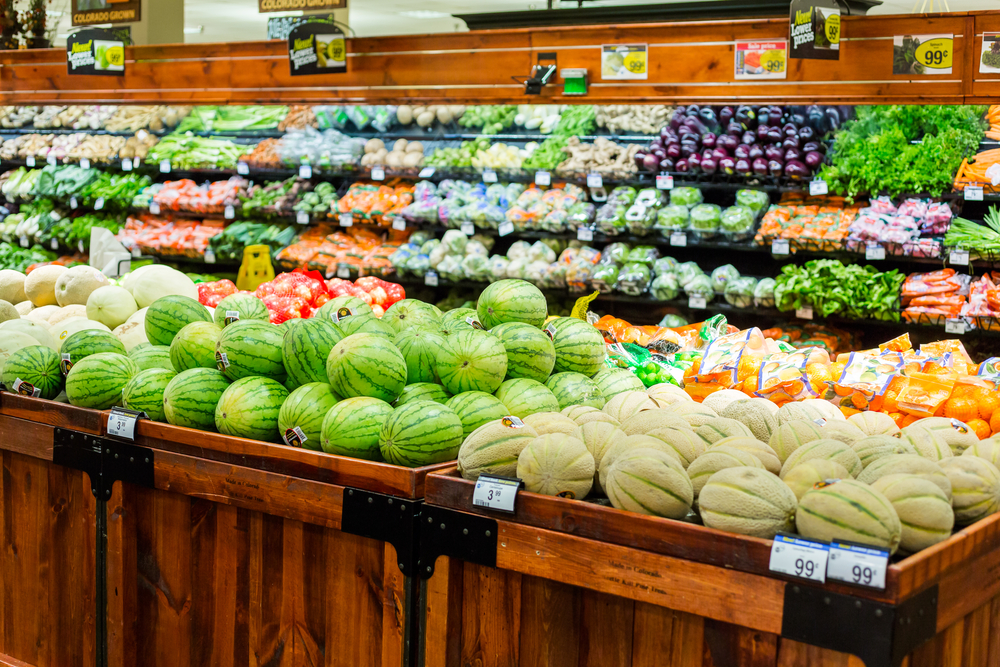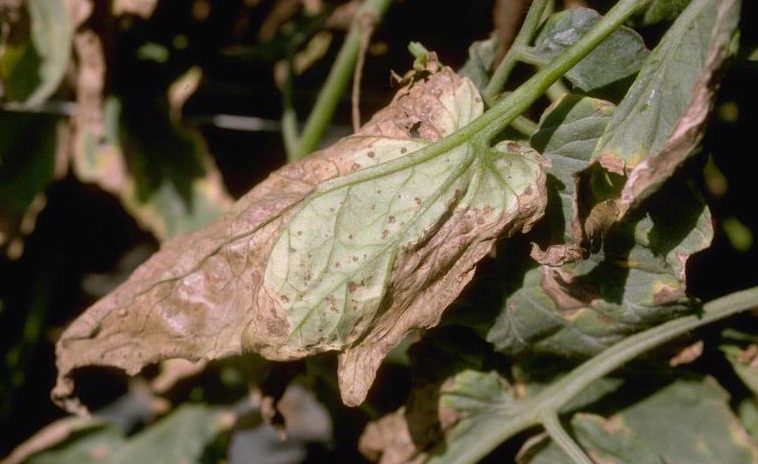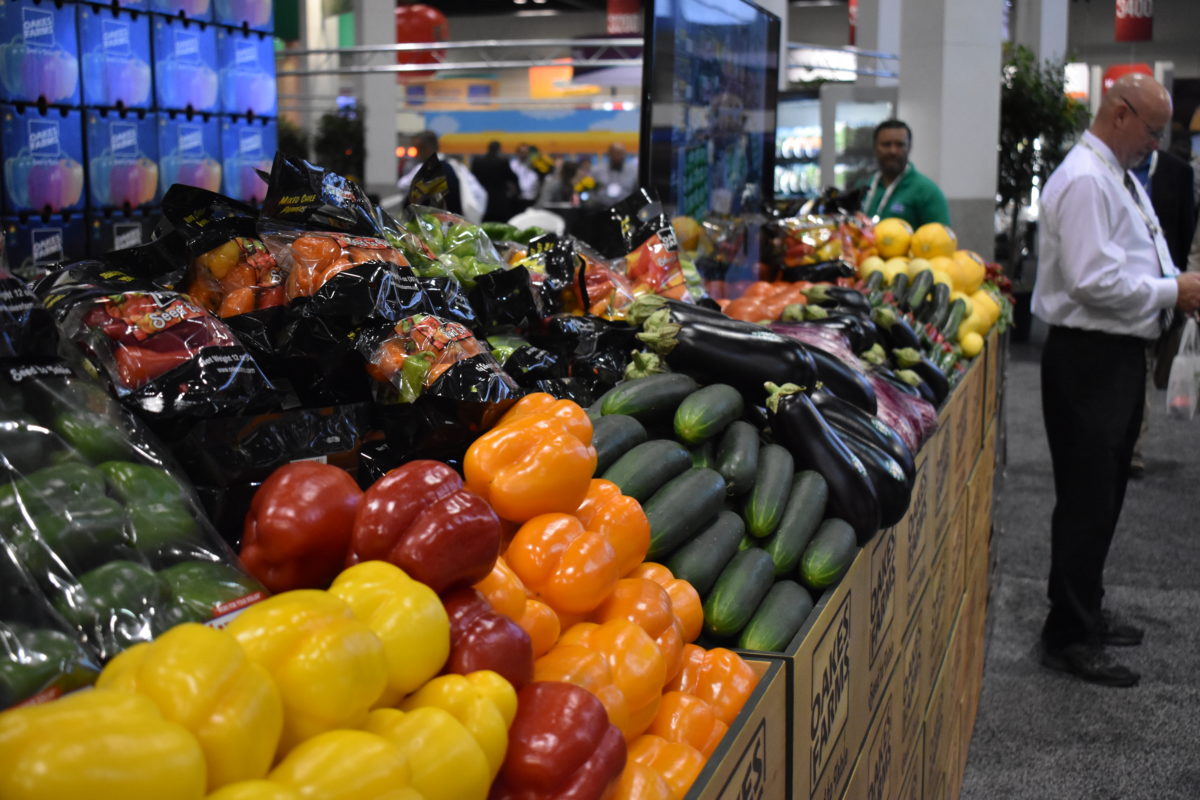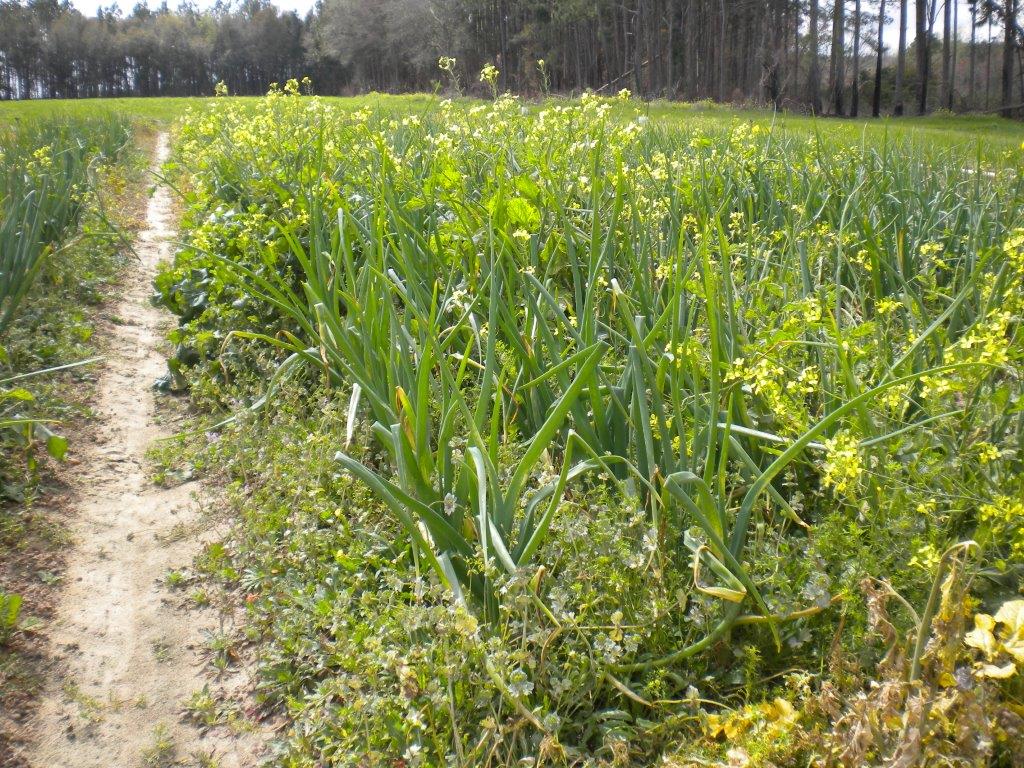By Nicholas S. Dufault Gummy stem blight (GSB) and fusarium wilt (FW) can be common problems for watermelon producers in the Southeast. These two diseases are caused by fungal pathogens from the same taxonomic subphylum, but that is where the similarities end. GSB tends to be more of a foliar pathogen that can move to the petioles and vines, and …
Working Toward Disease-Resistant Sweet Corn
By Karla Arboleda Northern and southern corn leaf blights (NCLB and SCLB) are global problems. Caused by different fungi, these diseases have a history of devastating results in the United States. While the fungi that cause NCLB and SCLB have been heavily researched in field corn, scientists have only just gained traction when it comes to resistance in sweet corn. …
UF Eyes Butterfly Pea as Natural Food-Color Source
It provides a natural food coloring. It gives nurseries another ornamental to grow and sell, and it might provide health benefits to those who eat it with their food. It is the Butterfly Pea, and University of Florida researchers are studying the flower to see if it will grow in Florida. Much of what we eat every day contains added …
How to Earn More of the Food Dollar
Staying profitable is always top-of-mind for agricultural producers. Brandon McFadden, an assistant professor at the University of Delaware, studies how producers can earn a bigger percentage of the food dollar. According to McFadden, an average of 12 percent of every dollar spent on food goes to producers. He then examined dollars spent on food at home versus food away from …
Tips for Dual-Season Strawberry Production
By Ashley Robinson Joshua Mays, regional agronomist with the North Carolina Department of Agriculture, discussed dual-season production of strawberries at the Southeast Regional Fruit and Vegetable Conference in January. Mays believes the most important factors for growers to consider before starting fall production of strawberries is their market and their ability to market strawberries to buyers that would cost them …
Can Pomegranates Be Grown in Florida?
Researchers at the University of Florida (UF) are exploring pomegranates as a possible cash crop for the Sunshine State. Ali Sarkhosh, assistant professor at UF, recently updated growers on some promising varieties for Florida. According to Sarkhosh, pomegranates with red or dark red skin that have red or dark red arils (the flesh inside the pomegranate) do the best in …
Preventing Foodborne Illness Before It Happens
By Alison DeLoach Preventing outbreaks of foodborne pathogens is important to ensuring a safe food supply. Xiangyu Deng, an associate professor at the University of Georgia Food Safety Center, developed a new way to detect and subtype a foodborne pathogen more quickly than the traditional methods. When identifying a foodborne pathogen, there are two processes: the detection process and the …
Controlling Bacterial Spot on Tomatoes and Peppers
Alabama Extension wants those growing tomatoes and peppers to be aware of bacterial spot, a common disease on the leaves of those two plants. There are several steps growers can take to control and prevent the disease, which involves using multiple management tactics. Controlling the disease with chemicals alone usually results in failure. Steps growers can take include rotating fields …
Studying Salmonella Prevention in Produce
By Alison DeLoach Food safety is a top priority for food scientists in the United States. Govindaraj Dev Kumar, an assistant professor at the Center for Food Safety at the University of Georgia, is researching the foodborne pathogen salmonella and the threat it poses to food safety. Kumar said there are 2,500 different types of salmonella found in poultry, eggs …
Growers of Organic Vidalia Onions Face Challenges
By Bhabesh Dutta, Carroll Johnson and Jason Schmidt Vidalia onion ranks first in terms of farmgate value among vegetables in Georgia, making it the most important vegetable crop in the state. Among the spring-grown onions in the United States, Georgia ranks first because Vidalia onions are predominantly grown in spring. Although most of the acreage is conventional, nearly 20 percent …













